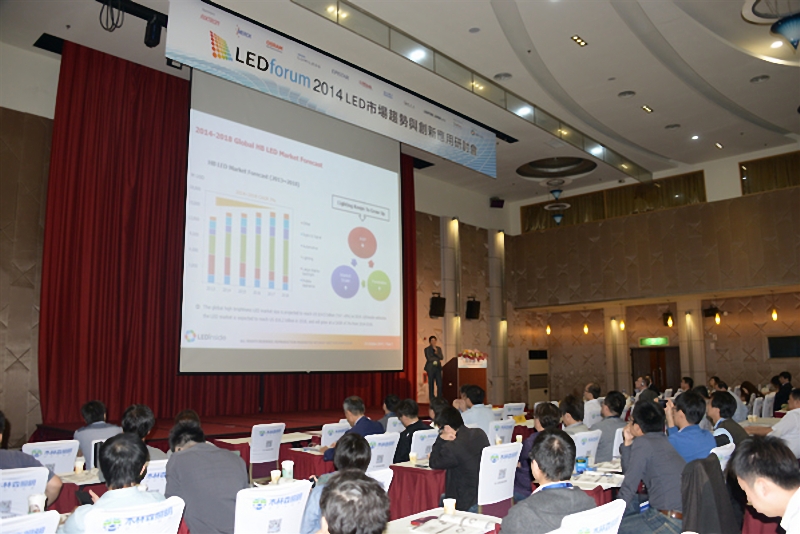Emerging Markets for LED Lights Industry Trends around the world
05-12-2014Manufacturers, who hope to leave the fiercely competitive Chinese lighting market and other mature lighting markets, are turning their attention to emerging Southeast Asian markets or even Russia.
We have observed many large LED lights manufacturers are starting to focus business strategies on emerging markets.Lighting giants Philips, Osram and GE have started their business strategies in Africa this year, even Chinese manufacturer Spark Optoelectronics has started to invest in the African market.
The three major market drivers in emerging LED markets include high populations, government policies, and the initiation of mega projects. A satellite photo of the global nightscape show developed countries tend to be the brightest regions, while nearly two thirds of the world is still in darkness. Manufacturers are aiming to light up these dark regions, which often are the most populated. Southeast Asia alone is home to 560 million people, while Indias population is about 1.24 billion. The Southeast Asia lighting market value is expected to reach US$ 1.28 Billion this year.

Southeast Asia LED lighting market
Higher LED bulb costs still present a particular barrier in emerging markets, and each countrys situation is unique. In other Southeast Asian country markets, bulb retail prices are often 20% to 30% higher than those in Taiwan. Philippines for instance ranks third globally for highest electricity power prices at 36.13 cents per kilowatt, since most of its power suppliers are private companies. Besides, the country has scarce natural resources and relies heavily on energy imports.
More Asian countries are also implementing incandescent bulb phase out policies. Malaysia has released incandescent bulb phase out program in January 2014, while the Indonesia government plans to give away 200,000 2W LED bulbs to rural communities. In South America, mega infrastructure projects implemented by the Brazilian government ahead of the 2014 World Cup and upcoming Rio de Janeiro Olympics in 2016 are also expected to encourage local LED product demands.
Impact from ASEAN agreement
Another policy driver in the Southeast Asia market will be the initiation of Association of South East Asian Nations (ASEAN) agreement in 2015, which will lift tariffs from goods traded between member states. South East Asia LED supply chain tends to rely heavily on Chinese imports. High tariffs can make it difficult for manufacturers to enter the local market. Thailand for instance places a 20% tariff and 7% VAT on imported LED lights products.
To avoid taxes, larger lighting manufacturers will import and assemble LED components from China then sell the finished product in the domestic market. Smaller LED manufacturers might choose to import LED modules that are then assembled and branded, some manufacturers might even choose to smuggle lighting products through cargos. Large international manufacturers including Philips and Panasonic tend to import LED lighting from Chinese factories, since they can obtain official documents to avoid tariffs. The imported products, though, will still need to undergo adjustments to meet Thai lighting standards, so it can take a while before the imported product can be released on the market.
Many (Thai) manufacturers are no longer content with the current (LED) import business model, and want to start establishing their own (LED) assembly lines, and expand in other ASEAN markets.This is a potential market for Taiwanese LED manufacturers because of South East Asia market demands for greater LED sourcing diversity to further lower LED product costs and raise profit margins. The region also requires LED knowledge and technology, which they can obtain from Taiwanese partners.
Russian LED market developments
Similar to emerging Southeast Asia market, the Russian LED market imports 90% of products. The Russian LED market value in 2014 is estimated at around US$ 1.01 billion, and LED market penetration rates are much higher than in Southeast Asia at about 30% to 40%. Another similarity is limited understanding of LED technology in the Russian market.
A motivation for more LED lights manufacturers to enter the market, which contributes to the high market penetration rates has been LED bulb prices. Bulb prices are also much higher than in Southeast Asia. A 60W equivalent LED bulb is sold about 30% to 40% higher than in Taiwan, higher living costs in Russia might be a reason behind why consumers find the higher prices acceptable. Also, LED streetlights for government projects can be sold doubled the price than in Taiwan.
Spanning 4,000 kilometers, a major Russian gas line project, The Power of Siberia, is also stimulating demands for LED lights. Lighting demands in the project amounted to 2 billion Russian Rubles (US $60 million) out of the total 2 trillion ruble project. The ongoing gas line project launched in 2012 aims to transmit natural gas from Russia to China, and is expected to be completed by 2017.
Lighting giant Philips has been able to grab a share of the natural gas line lighting project, but the company had to work closely with Russian partners to acquire the government tender project. To enter the Russian lighting market, Taiwanese manufacturers will need to closely form partnerships with local government agencies, suppliers, lighting manufacturers, and distributors. Partnerships will be essential in entering the Russian market.”


